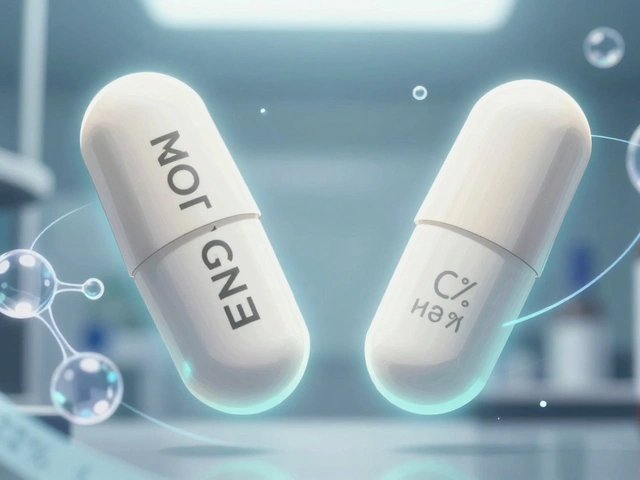Photoprotective Supplements – Simple Guide to Sun‑Smart Nutrition
When you think about sun protection, most people picture sunscreen, hats, and shade. But there’s another tool you can add to your routine: a photoprotective supplement. These are daily pills or powders that give your skin extra armor against UV rays from the inside out. Think of them as a nutritional sunscreen that works while you go about your day.
Why would you need one? Sun exposure damages skin cells, leads to premature aging, and raises skin‑cancer risk. Sunscreen blocks only the UV that hits the surface. A supplement can help neutralize free radicals generated deeper in the skin and support the body’s natural repair processes. It’s not a magic shield, but it can make a real difference when paired with topical protection.
How Photoprotective Supplements Work
Most photoprotective formulas rely on antioxidants—compounds that mop up harmful free radicals. Vitamin C, vitamin E, and beta‑carotene are classic examples. They soak up oxidative stress before it harms DNA or collagen. Some newer blends add lutein and zeaxanthin, pigments that filter blue light and UV‑A. Others include polyphenols from green tea or grape seed, which have been shown to reduce inflammation after sun exposure.
Another angle is boosting the skin’s internal sunscreen, called melanin. Certain nutrients like niacinamide (vitamin B3) can encourage melanin production, giving a subtle, natural tint that absorbs UV. While you won’t turn into a lobster‑proof superhero, a modest increase in melanin adds a layer of defense.
Timing matters, too. Most antioxidants peak in the bloodstream about an hour after you swallow them, so taking your supplement in the morning lines up with daytime sun exposure. Consistency is key—daily use builds up the protective effect, whereas occasional doses offer only a temporary boost.
Best Everyday Choices
If you’re new to photoprotective supplements, start with a straightforward, evidence‑backed option. A daily capsule that combines 500 mg of vitamin C, 400 IU of vitamin E, and 10 mg of lutein hits the sweet spot for antioxidant coverage. Look for products that list “natural” sources and are free of unnecessary fillers.
For those who like plant‑based formulas, a powder mix with green tea extract, grape seed polyphenols, and a pinch of beta‑carotene works well. You can stir it into a smoothie or juice—no need for a fancy drink.
People with sensitive skin or a history of skin cancer may benefit from higher doses of specific ingredients, but always check with a dermatologist first. Too much beta‑carotene, for instance, can cause a harmless orange tint to the skin, which some find odd.
Remember, supplements don’t replace sunscreen. Apply a broad‑spectrum SPF 30+ sunscreen on exposed skin, wear a hat, and stay in the shade during peak hours. The supplement simply backs up what you’re already doing, filling gaps that topical products can’t reach.
In short, a photoprotective supplement is a low‑effort addition that can improve your skin’s resilience to UV damage. Choose a trusted brand, take it daily, and keep up your regular sun‑safety habits for the best results.

Polypodium Leucotomos: Life‑Changing Oral Photoprotection Benefits
- Date: 21 Sep 2025
- Categories:
- Author: David Griffiths
Discover how Polypodium Leucotomos, a fern‑derived supplement, protects skin from UV damage, slows photo‑aging, and boosts antioxidant defenses for lasting health.




